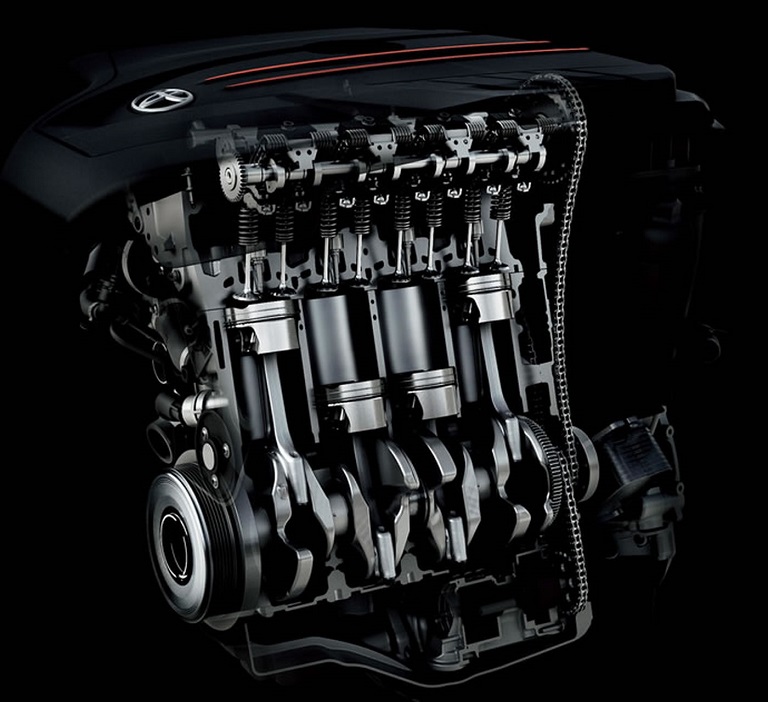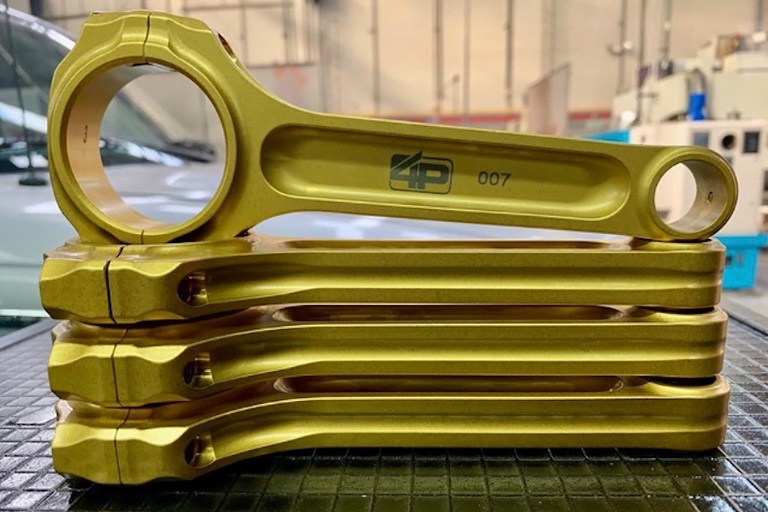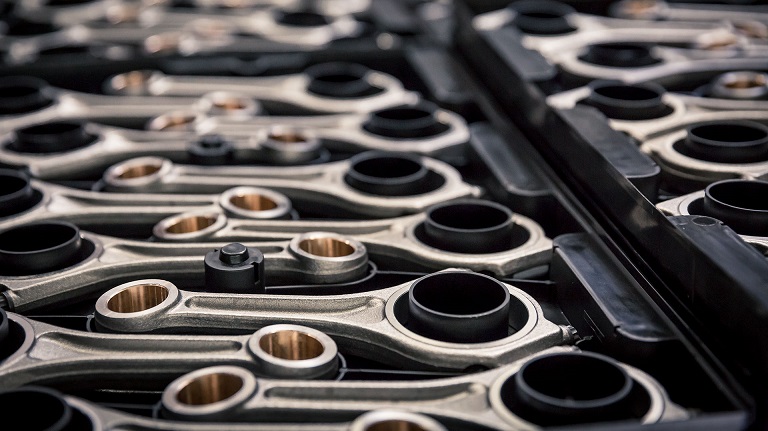Contents
A lot of people aren’t very aware of the humble connecting rod, and yet, it’s one of the most crucial parts of the engine. When you’re upgrading the engine, you might even know what a connecting rod even is. However, one of the very first elements that are tested every time you intensify the engine’s output is just that, the connecting rod, or the conrod for short. It’s such a vital piece of equipment that needs to be sturdy enough to handle all of the engine upgrades, and yet, it’s not nearly as talked about as it should. That is exactly why we’ve compiled this handy guide for you.
What Exactly is a Connecting Rod?

The conrod is an often forgotten part that’s actually very important in the entire combustion process. It connects the piston to the crankshaft in order to aid the conversion of the reciprocating motion of the piston into rotation of the crankshaft. It functions as a lever arm and it’s required to transmit the compressive and tensile forces from the piston and rotate at both ends. To be more specific, the conrod converts the linear up and down movement or reciprocating motion of the piston into circular motion of the crankshaft. It experiences tension, compression bending and buckling during the process. The connecting rods are vital parts of the combustion engine, which means you should make sure to know about it as much as possible.
Materials Used

Not all connecting rods are made equal, which means not all of them can perform the same because they’re made out of different materials. You should be aware of the materials used in making conrods because you never know when you’re going to need the information. They’re typically made out of cast aluminium alloy materials. That’s because that material is able to easily withstand the stresses that occur during the entire process. However, there are also different variants that can make a bit of a difference. Some conrods are made out of steel because that’s easiest to mass-produce. However, if you have a high-performance vehicle, then you might need a connecting rod that’s made by using a billet. There are also cast iron conrods, which are typically used in low-performance applications, such as scooters.
Nomenclature
When you’re looking at conrods for sale, then you might come across a few terms and nomenclatures that you’d be unfamiliar with. That’s because conrods have different properties about them, which makes complicated nomenclature useful.
- A – cross-sectional area of the connecting rod.
- L – length of the connecting rod.
- C – compressive yield stress.
- Wcr – crippling or buckling load.
- Ixx – a moment of inertia of the section about the x-axis
- Iyy – a moment of inertia of the section about the y-axis respectively.
- Kxx – radius of gyration of the section about the x-axis
- Kyy – radius of gyration of the section about y-axis respectively.
- D – Diameter of piston r = Radius of crank
Parts
The connecting rod typically consists of three parts, which are the big end, rod, and small end. Pistons are connected to the small end of the conrod with a piston pin or wrist pin that can swivel in the piston. This pin provides a pivot point between the piston and the connecting rod. The piston pin is held in place with a spring clip or piston pin lock. The big end is the part that reduces friction, and it is mounted to the crankpin with a plain bearing so as to avoid the need for pump lubrication. Generally, there is a pinhole bored through the bearing on the big end of the connecting rod that allows lubricating oil to pump into the thrust side of the cylinder wall to lubricate the piston rings. Finally, on the connecting rod parts, the conrod can rotate at both ends, so that the angle between the connecting rod and the piston can change as the rod reciprocate around the crankshaft.
Types

There are few different types of conrods to consider, each with its own applications and uses.
Billet
Billet conrods are usually made out of a single piece of aluminium. That’s because aluminium is stronger and more durable than other materials, while also being significantly lighter. Because of the manufacturing process, the billet conrod is very sturdy and effecting, which is why it’s mostly used in high-performance applications.
Cast
Cast conrods are mass-produced in such a way that makes them easy to produce, which is why most stock vehicles come with cast conrods. They’re not of lower quality compared to the other conrods, but they’re not recommended for high-performance applications above 450 horsepower and 6,000 RPM because they can’t handle the process stresses on those levels.
Forged Conrods
Forged Conrods are made by forcing the grain of selected materials into the shape of the rod. The selected materials are typically steel alloy or aluminium, depending on how the conrod is meant to be used. Sometimes, manufacturers use chrome and nickel alloys, and the end result for any forged conrod is a sturdy product that can withstand a lot of punishment. That’s because nickel and chrome alloys tend to add even more strength and durability to the connecting rod.

